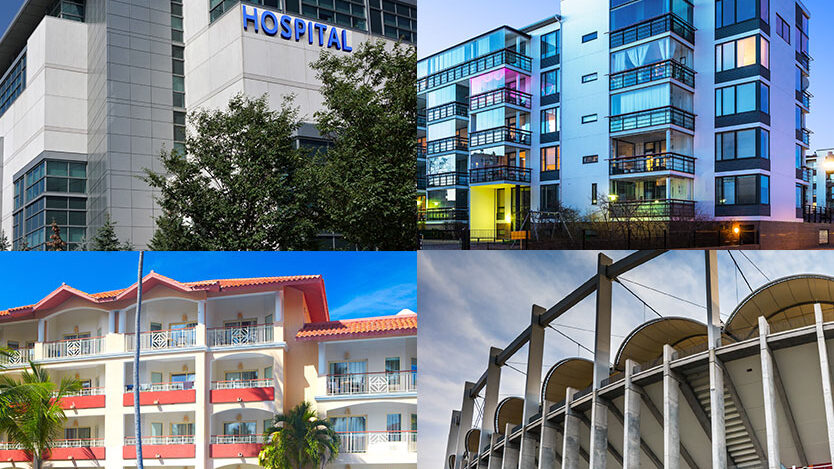Read About the Advantages of Fiber Optical Television Services for Wide-Spread Applications
Wiki Article
Optical fiber TV solutions are becoming increasingly popular for big applications, including in schools, medical facilities, and companies. These services use thin fibers of glass or polymer to transmit information as light signals. This technology offers several benefits over traditional cable or satellite television services. One of the key significant benefits is the high-speed broadband connection that fiber technology can provide. This velocity allows for seamless broadcasting of high-definition material, which is essential for entities that depend on video for education, presentations, or entertainment.
Another important advantage of fiber optic television services is their dependability. Fiber fiber wires are less vulnerable to disruption from weather factors or material obstacles in contrast to conventional copper wires. This means that entities can expect a greater consistent and stable connection, which is crucial for large-scale uses where service interruption can lead to major disruptions. For instance, a hospital needs to ensure that its connectivity networks are always operational, and optical technology can help attain that degree of reliability.
In furthermore to speed and reliability, fiber fiber TV services also offer greater capacity. This means that multiple users can access the internet and stream material at the same time without facing a decrease in quality. For large organizations, this is especially advantageous as it allows numerous staff or learners to access the solution at the same time. Schools can broadcast educational videos in classrooms while companies can carry out visual meetings without worrying about lag or buffering issues.
Cost-effectiveness is another advantage of fiber optic TV solutions. While the initial installation may be higher than traditional solutions, the sustained savings can be significant. Fiber technology require fewer maintenance and have a longer lifespan than metal cables. Additionally, the enhanced productivity and velocity can result in higher productivity, which can save money in the long run. Entities can distribute their assets mdu internet management more efficiently when they do not have to deal with frequent service interruptions or slow internet speeds.

Finally, fiber fiber TV services are eco-friendly sustainable. The components used in optical optics are less harmful to the environment compared to conventional wiring. Furthermore, optical systems consumes fewer energy, which can help entities reduce their environmental impact. As more businesses and organizations look for methods to be more sustainable, optical services offer a viable choice that aligns with these goals. In summary, the benefits of optical TV services make them an outstanding choice for large-scale applications, providing speed, dependability, bandwidth, affordability, and eco-friendly sustainability.